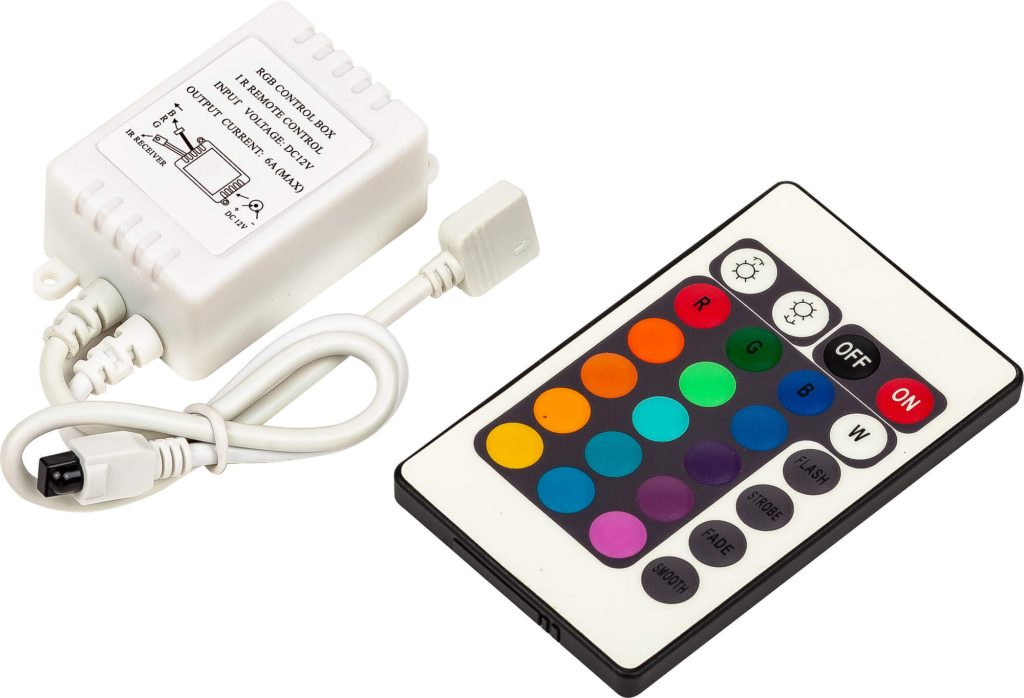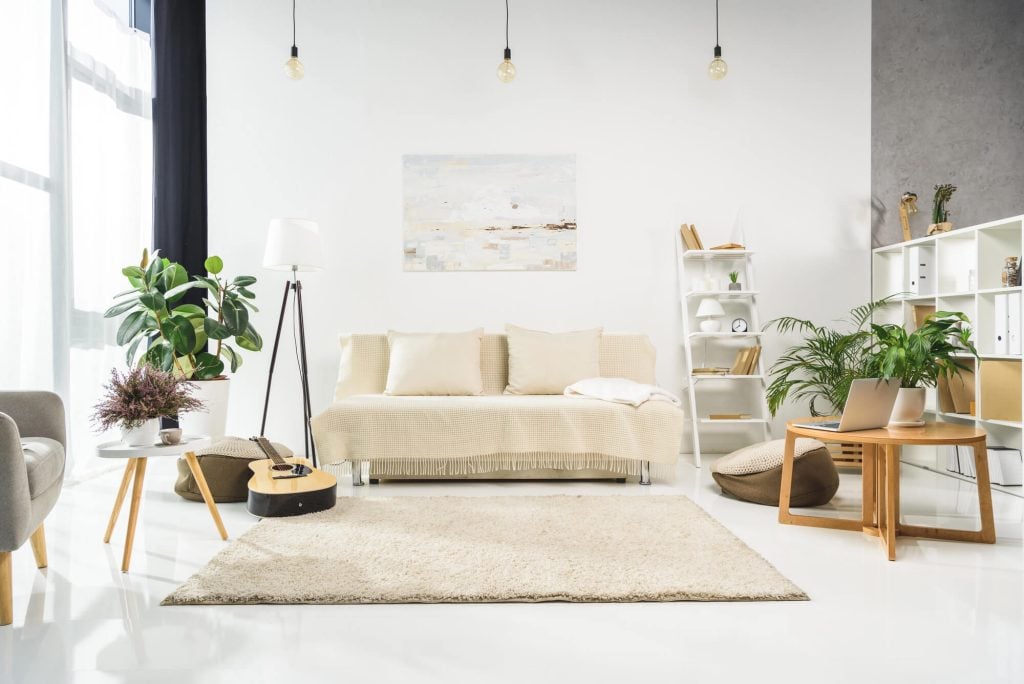Which Controllers to Use for LED Lighting

Are you trying to figure out why controller to use for your LED lighting setup? You’re not alone. While other lighting setups have controllers included, this isn’t always the case for LEDs. The most common types of LED controllers are:
- Manual
- Bluetooth
- Wi-Fi
- Infrared
Here at LEDSAVE, we’re experts in all things related to LED lighting. If you want to learn more about which controller to pick, please keep reading!
What Are LED Controllers?
LED controllers are great things to have in their most basic form. They allow you to manage your LED lights’ power, brightness, colour and effects. Most fluorescent and other alternatives have in-built controllers, whereas LEDs typically don’t come with them.
Types of LED Controllers
Typically, there are four types of controllers: manual, IR (infrared), Wi-Fi, and Bluetooth. Each one has its fair share of advantages and disadvantages. To understand them better, here’s a detailed breakdown of each one.
Manual Controllers
This type of controller usually has dial or button-based controls. It can be used for single-colour lights or simple dimming, somewhat limiting its potential. Given this, they’re often budget-friendly and plug-and-play.
Manual controllers were around since way before other alternatives, making them a staple in older homes, even if they were not associated with LEDs yet.
Infrared Controllers
Infrared controllers are the most common type after manual controllers. They’re often associated with. RGB strip kits. The one issue with this type of controller is that they have a limited range and they must be within line of sight of the receiver.
This type of controller can also be budget-friendly, and is good for basic home setups where no higher complexity is required.
Wi-Fi Controllers
Wi-Fi controllers and their gateways are a bit more sophisticated. They allow you to control your LED lights via smartphone apps. Some of them also allow for integration with smart home systems like Alexa and Google Home.
The one downside to controllers like this is that they have limited range that is dependent on network coverage. So if you’re trying to control your lights from a distance, getting a router or a signal repeater might be a good idea. Wi-Fi controllers are a lot newer than their manual counterparts. And they’re slowly replacing them, one home at a time.
Bluetooth Controllers
Bluetooth controllers are also a great technological advancement, as they allow for the same distance control that their Wi-Fi counterparts do. Albeit, more limited. You can use Bluetooth controllers to adjust your lights without the need of a Wi-Fi network.
As opposed to RF (radio frequency) controllers, Bluetooth controllers don’t struggle as much with interference. They’re also easier to setup than RF. All in all, if you’re looking for a remote LED controller that doesn’t rely on your Wi-Fi network, this is the way to go.
Choosing the Right Controller for Your Needs
Now that you know the most common types of LED controllers available, let’s make sure they meed your needs.
First, you should consider what type of LED you have. If your lights can be adjusted by colour, colour temperature and intensity, then getting a more complex controller is the way to go. However, if they’re basic, buying a more expensive controller with extra features isn’t worth it.
You should also determine if you want control from a remote alone, or if you want to integrate smartphones and smart home systems. In case it’s the latter, look for a controller that has compatibility with such elements.
LED controllers and their receivers are typically meant to be used indoors. However, if you’re planning on installing them outdoors, it’s also possible. You just have to consider that they’ll be exposed to the elements and should account for it.
Positioning also matters. Depending on where you want your LED lights to be, you’ll want to install your receiver in a centralized area. Especially if you’re buying a Wi-Fi or Bluetooth controller. In such cases, your router and signal repeater’s position should also be taken into consideration.
Lastly, you should take your budget and technical experience into account. Some LED controllers are very easy to install, whereas others, not so much. If at any point you feel unsure of what you’re doing, calling a professional might be worth it.
Setting Up LED Controllers
In broad aspects, there are two types of LED controller receivers. Wired, and battery powered. The former requires more electrical expertise and a bit more effort, whereas the latter is basically plug-and-play. All that’s required is pairing and configuration.
Here’s what to do to set up a wired receiver:
- Kill the power to the area of your home you’ll be working on through the mains’ switch.
- Connect the receiver to the wiring available in your home or to the nearest outlet. If connected to wiring, verify the voltage with a voltage tester and make sure the amperage is also right. That information should be available on your product’s user manual.
- Make sure the receiver is active and pair it with your controller.
Dealing with electricity and live wires can be dangerous, so if you’re not sure at any point, call a professional.

For battery powered receivers. All you have to do is install them in a location that fits your needs best. Then, pair them with your controller and an app if available.
Tips for Setting Up LED Controllers
Now that you’ve installed your LED controller, here are some tips to keep in mind:
- Ensure the voltage from your home matches that of your receiver’s specs.
- Check constantly for firmware updates where available to ensure proper functioning.
- If you’re working witl multiple lights, try labelling them by zones to have full control.
Doing this will not only make your LED lights work more efficiently, but also give you full control over your home’s setup.
Why LED Controllers Are Great
LED controllers are a great advantage to have. Not only do they allow you to have full control over your lighting setup, but they also make your life easier in many ways.
Remember to consider your needs before purchasing an LED controller. If your Wi-Fi network is stable, go that route. And if it’s not, perhaps a Bluethooth alternative might be the way to go.
If you have any questions regarding our products, please do not hesitate to email us at enquiries@ledsave.co.uk, or give us a ring at 01652 638840. We’re open Monday–Friday, 9 a.m.–5 p.m. Please check out our contact page for more information.
Updated: 12-05-2025
